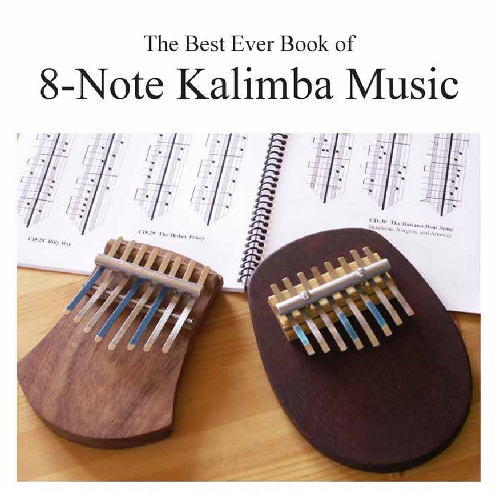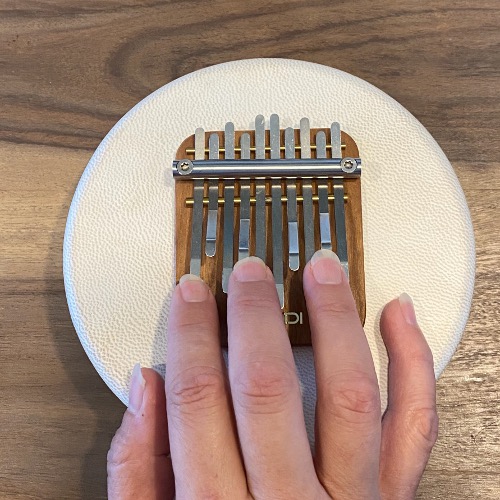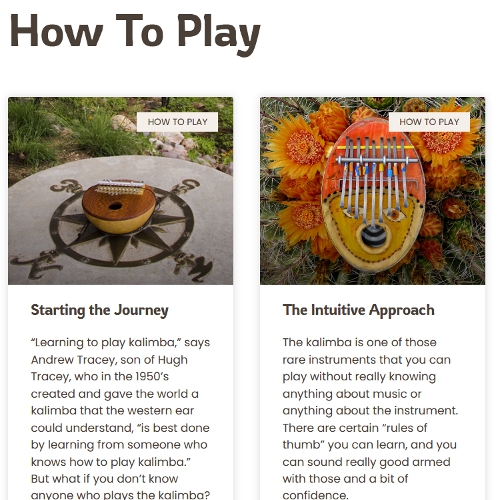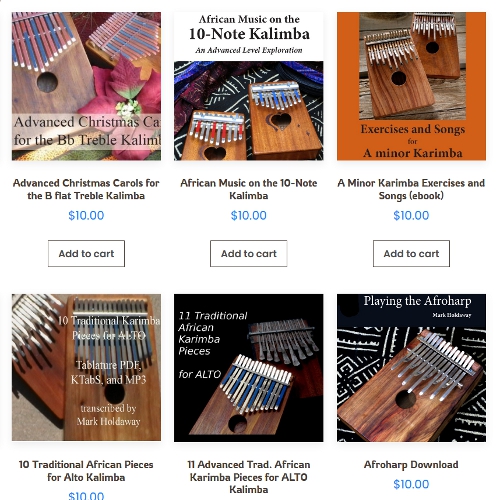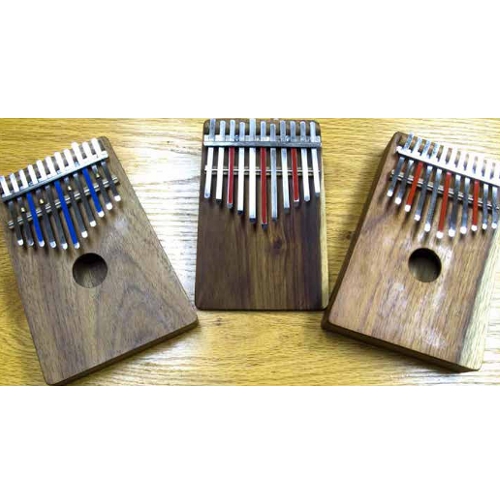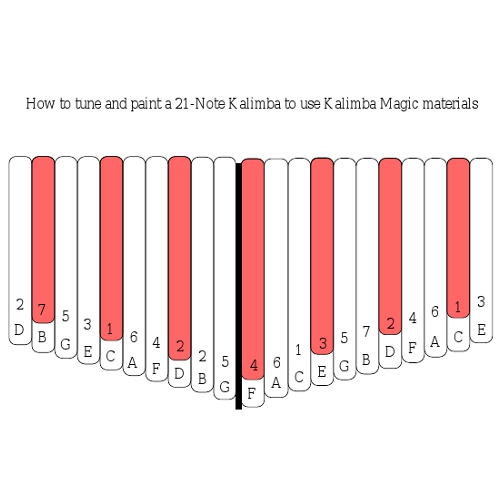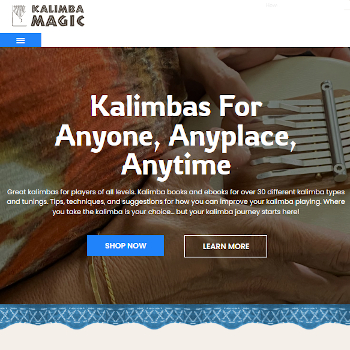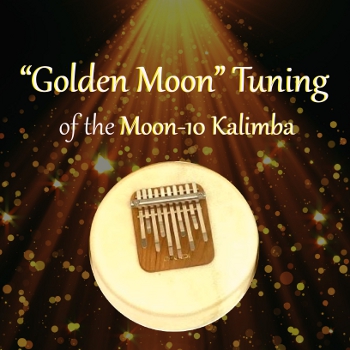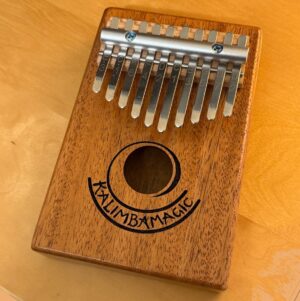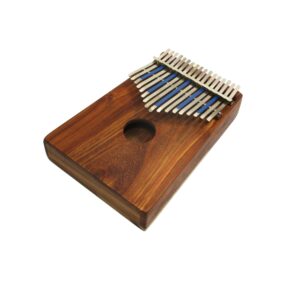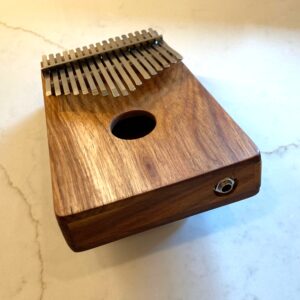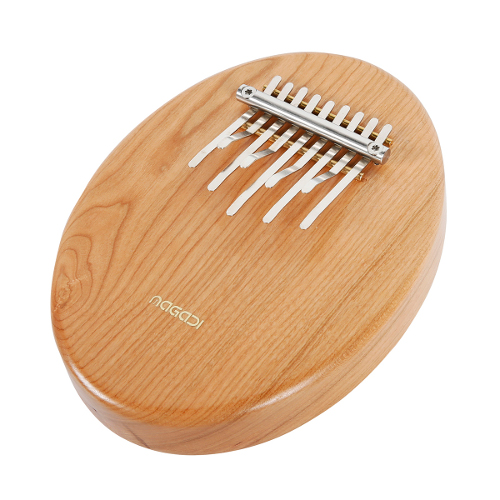
New! The Magadi Olive-9 Kalimba
The Olive-9 is a very interesting kalimba. It fits beautifully in your hands. The wood body has a resonant sound chamber routed into it, providing an expressive wah. The pentatonic tuning is very liberating – it plays in A minor, C major, and a neutral D (neither major nor minor – see the video tab to experience this one). This tuning is great for jamming! Perhaps the best part of the Olive-9 is its price tag. This one will take you to different places than your typical kalimba, and the journey is definitely worth your time and effort. The Olive-9, in the A minor pentatonic scale, is great for jamming.
